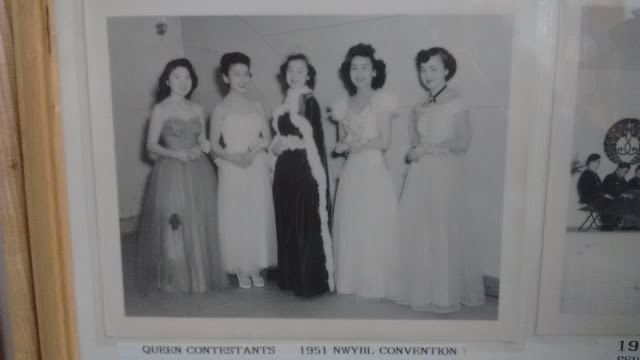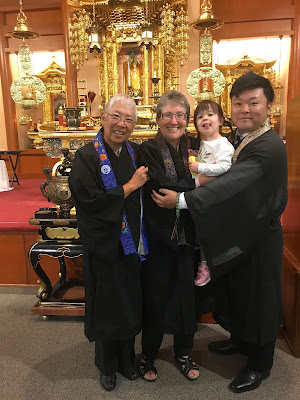What is the Temple For?
If the temple is no longer the hub of our social life or even our spiritual life, we have to ask ourselves, “What’s the temple for?” We can look at the temple as a place where there are opportunities for the community to learn about Japanese culture and food through Japan Nite/Obon Festival, Sangha Taiko, and the bazaar.
Picture: Snapshots from past Obon festivals
The Three Treasures (he Buddha, the Dharma, and the Sangha community) should be a guide to understanding our temple’s purpose. In “The Teaching of Buddha” by BDK (Bukkyo Dendo Kyokai), it states, “We speak of the Buddha, the Dharma, and the Sangha as though they are three different things, but they are really one. Buddha is manifested in the Dharma and is realized by the Sangha. Therefore, to believe in the Dharma and to cherish the Sangha is to have faith in the Buddha, and to have faith in the Buddha means to believe in the Dharma and to cherish the Sangha.”
As individuals, we may have our obutsudan/home altar where we can have a simple service, gassho/place our hands together, and say the Nembutsu. We may meditate. We can choose from many books available on Buddhism to read and study. We can attend retreats, seminars, and virtual webinars where we can hear respected teachers and professors talk about Buddhism. However, the only place where we can experience the Buddha, the Dharma, and the Sangha is at the temple.
When we attend the temple, we are surrounded by symbolism reminding us of Amida Buddha and the Nembutsu. We can hear the Dharma through the chanting of the Sutras and the Howa/Dharma Talk. Most importantly, we are in the company of the Sangha, the community that supports us on our path. These are like-minded people who question us and who answer our questions. They reassure us, letting us know that we are accepted, just as we are.
The temple’s purpose, then, is to allow us, as a Sangha, to practice together by offering incense/oshoko, chanting the Sutras, listening to the Dharma Talks, working side-by-side at temple events, mourning the loss of Sangha members, and even eating and drinking together. The temple becomes the place for us to be immersed in the Three Treasures. In return, it is our privilege to support the temple as our spiritual home.
Namo Amida Butsu,
Rev. Kathy
Chatterton


.jpg)





Comments
Post a Comment